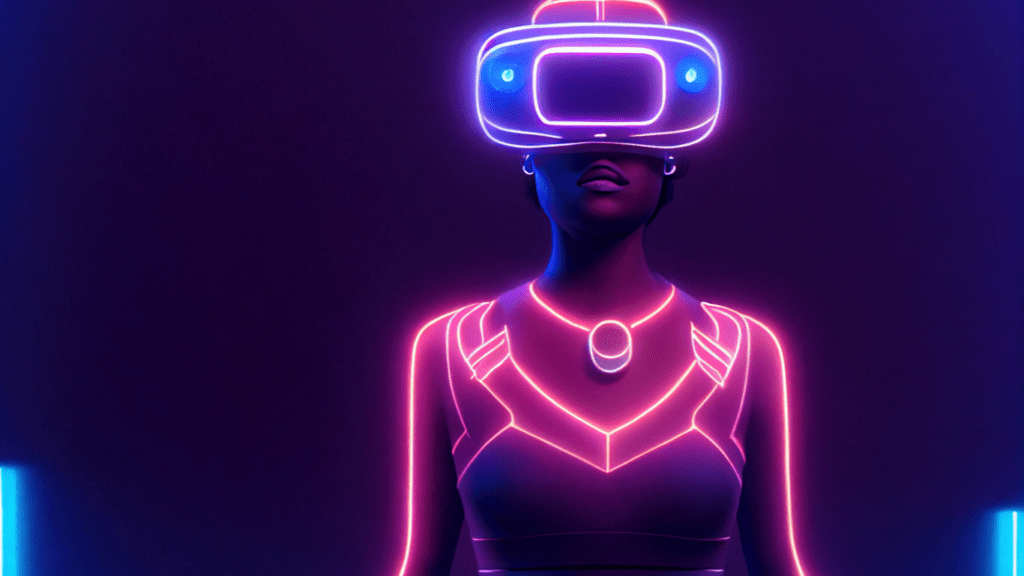Evolution of Interactive Art Installations
Interactive art installations evolved significantly over decades. Their journey marked by milestones shaped today’s vibrant scene.
The Origins and Historical Milestones
Interactive art installations trace their roots to the early 20th century. Marcel Duchamp’s “Bicycle Wheel” (1913) is an early example, blending everyday objects and inviting viewer interpretation.
In the 1960s, Allan Kaprow’s “Happenings” brought immersive art experiences, integrating action, sound, and audience participation. These early pioneers laid the groundwork for future developments.
Key Innovations in the Late 20th Century
The late 20th century saw critical innovations. Artists like Nam June Paik used video and electronic media, creating groundbreaking works like “TV Buddha” (1974), merging modern technology and traditional art forms.
In the 1990s, Rafael Lozano-Hemmer introduced interactive lighting and projection systems, exemplified by his work “Pulse Room” (2006). These advancements enhanced the viewer’s experience, pushing the boundaries of what interactive art could achieve.
Technological Trends Shaping the Future
Emerging technologies are transforming interactive art installations. Current trends like:
- AR
- VR
- AI
are paving the way for unprecedented experiences.
Advances in AR and VR

AR and VR technology have revolutionized how viewers engage with interactive art. AR overlays digital elements onto the real world. Artists use AR to add digital layers to physical installations, allowing viewers to interact with both realms simultaneously.
An example is “Layar” by Sander Veenhof, which lets users experience art through their smartphones. VR, in contrast, immerses viewers in entirely digital worlds. Projects like “Carne y Arena” by Alejandro G. Iñárritu use VR to place viewers in visceral scenarios, evoking strong emotional responses.
Integration of AI in Art Installations
AI is expanding the horizons of interactive art. It enables dynamic, responsive interactions between the installation and the audience. Artists use AI to create installations that adapt and change based on viewer input.
For instance, “A.I. Portraits” by Mario Klingemann generates unique art pieces from user interactions. Machine learning algorithms interpret viewer movements, sounds, and choices, creating a personalized experience. Projects like “Unnumbered Sparks” by Janet Echelman use AI to render spectacular visuals based on live data.
Emerging technologies like AR, VR, and AI are setting new standards for interactive art. As these tools evolve, artists will push the boundaries, creating more immersive and personal experiences.
Impact on Audience Engagement
Interactive art installations are transforming how audiences engage with art, creating dynamic and immersive experiences.
Enhancing Visitor Experience
Interactive art installations significantly enhance the visitor experience by offering engaging, multisensory environments. These installations often combine visuals, sounds, and tactile elements to create a fully immersive experience. For instance, Yayoi Kusama’s “Infinity Mirror Rooms” use mirrors and LED lights to immerse visitors in an endless visual landscape.
Similarly, teamLab’s “Borderless” uses projected light and sound to create a continuously changing environment that responds to visitor movements. These innovative installations encourage visitors to become active participants, fostering a deeper connection with the artwork.
Educational and Social Implications
Interactive artworks hold substantial educational and social value. They provide unique learning experiences by making complex concepts more accessible and engaging. For example, “The Climate Ribbon” by The Ministry of Culture and Tourism in South Korea combines art with environmental education, allowing visitors to interact with data on climate change.
In a social context, interactive installations can facilitate collective experiences and dialogues. JR’s “Inside Out Project” involves communities in creating and displaying large-scale portraits, fostering social cohesion and shared narratives. This blend of art and technology not only educates but also bridges gaps between diverse groups, promoting understanding and collaboration.
Challenges and Considerations
Interactive art installations promise much but come with specific challenges. Addressing these ensures the success and sustainability of these engaging projects.
Technical Limitations and Solutions
- Many installations face technical hurdles. Hardware and software compatibility issues may arise. Older devices often struggle to support advanced AR, VR, and AI technologies. For instance, legacy systems might not handle high-resolution graphics smoothly.
- Power consumption and maintenance present more difficulties. Interactive installations, particularly those using intensive technologies, consume significant energy. Regular maintenance feels vital since tech malfunctions can disrupt viewer experiences.
- Cybersecurity also merits attention. Protecting user data in interactive setups is crucial. Ensuring encrypted connections and robust firewalls minimizes potential breaches.
- Adaptation strategies include upgrading legacy hardware, implementing energy-efficient systems, and utilizing scalable software solutions. Regular updates and preventive maintenance reduce long-term disruptions. Prioritizing cybersecurity procedures ensures user trust and system integrity.
Ethical Implications of Interactive Art
Ethical considerations cannot be overlooked. User privacy concerns grow with increased interactivity. Installations collecting data should adhere to strict privacy protocols. Transparent data usage policies reassure participants about their personal information’s safety.
Inclusivity poses another ethical challenge. Designs must accommodate diverse audiences. Ensuring accessibility for people with disabilities enhances interactivity. For example, tactile feedback and auditory cues enable fuller engagement.
Environmental impact also warrants ethical reflection. Many digital installations use materials with significant carbon footprints. Prioritizing sustainable sourcing and eco-friendly practices helps mitigate negative effects.
Adopting ethical practices includes robust privacy measures, inclusive designs, and sustainable materials. Prioritizing these aspects ensures that interactive art not only captivates but also respects all stakeholders and the environment.

 Donemic Grantnurry, founder of the Avant Garde Artistry Hub, is a visionary at the intersection of art and technology. With a deep passion for innovation, Donemic has created a platform that not only informs artists about the latest tools and trends but also empowers them to transform their creative processes. His dedication to exploring the therapeutic potential of art has positioned Avant Garde Artistry Hub as a key resource for artists seeking to improve both their craft and well-being.
Beyond his work in art technology, Donemic is committed to helping artists build sustainable careers. Through insightful articles on marketing, business strategies, and art competitions, he provides emerging talents with the guidance they need to succeed in the competitive world of art. His work continues to inspire and support a global community of creatives who are passionate about blending art with modern technology.
Donemic Grantnurry, founder of the Avant Garde Artistry Hub, is a visionary at the intersection of art and technology. With a deep passion for innovation, Donemic has created a platform that not only informs artists about the latest tools and trends but also empowers them to transform their creative processes. His dedication to exploring the therapeutic potential of art has positioned Avant Garde Artistry Hub as a key resource for artists seeking to improve both their craft and well-being.
Beyond his work in art technology, Donemic is committed to helping artists build sustainable careers. Through insightful articles on marketing, business strategies, and art competitions, he provides emerging talents with the guidance they need to succeed in the competitive world of art. His work continues to inspire and support a global community of creatives who are passionate about blending art with modern technology.